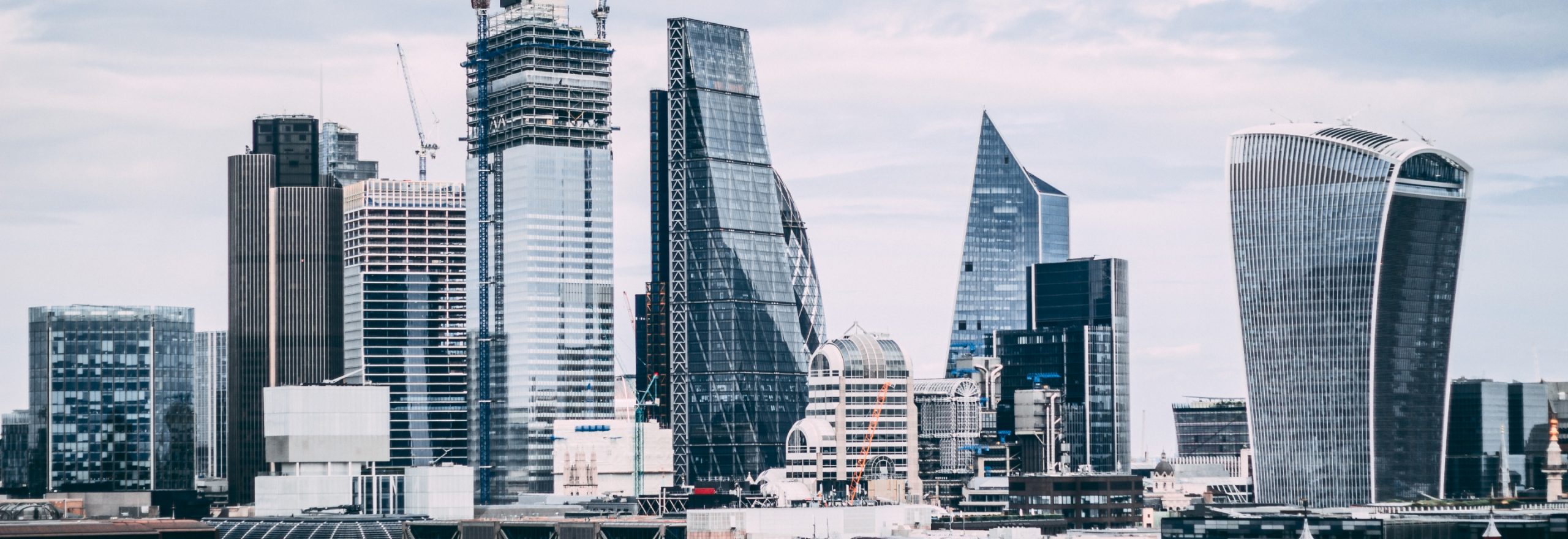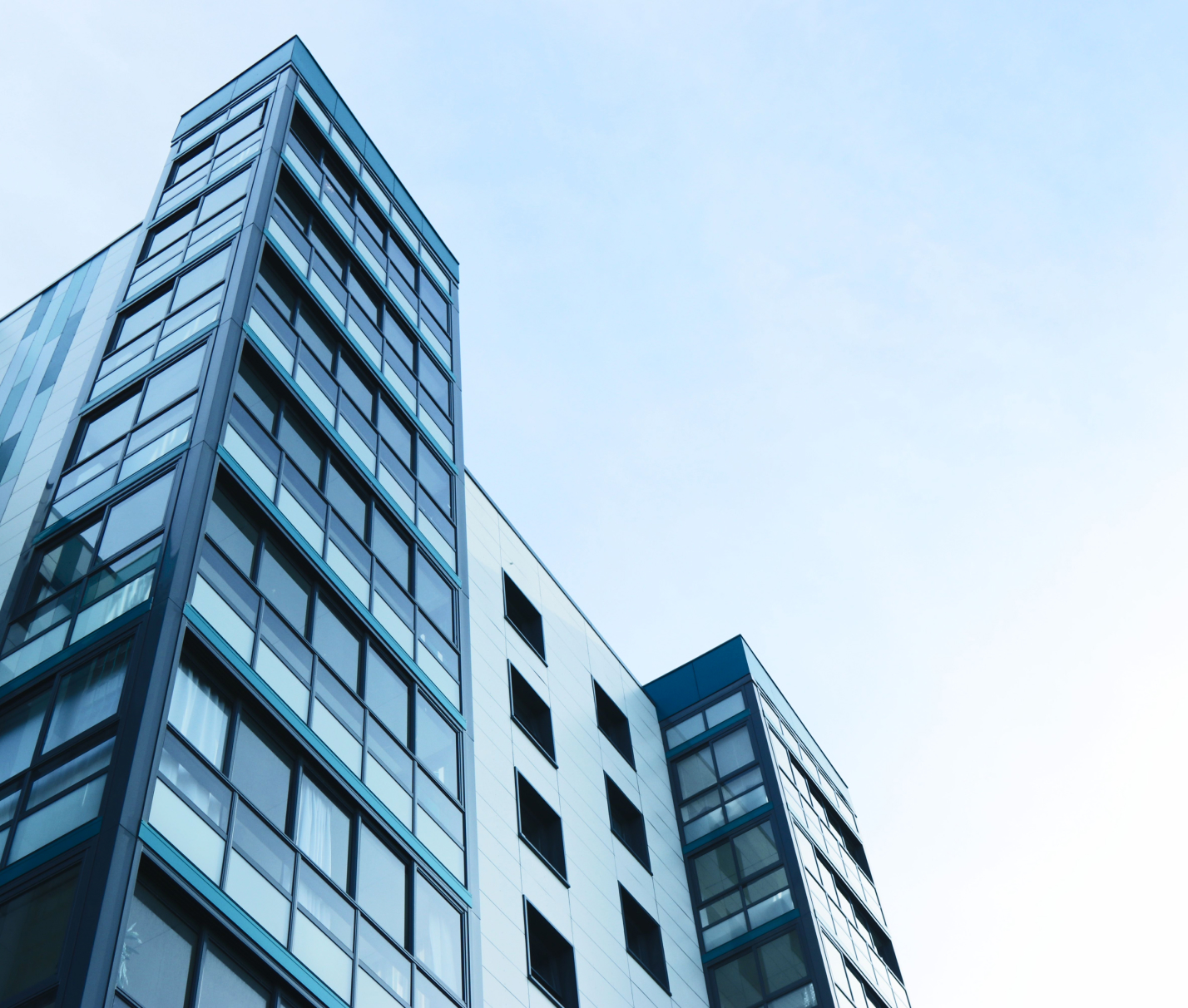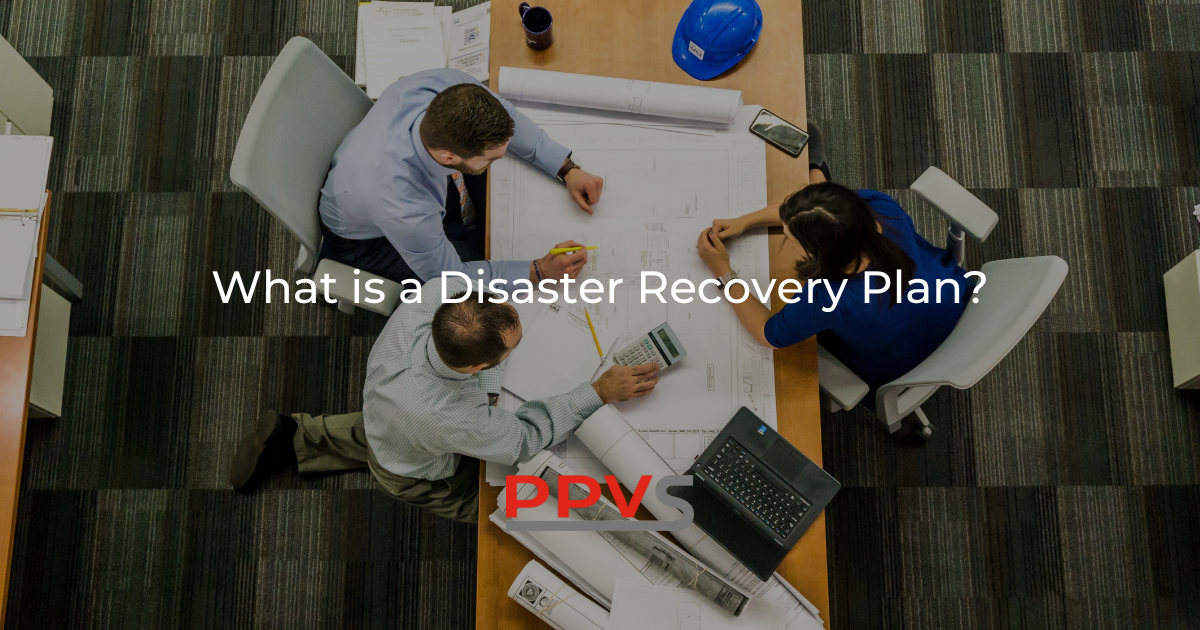PPVS Complete Facilities Management

What is Sustainability in Construction?
The construction industry is a significant consumer of natural resources. With growing worries over climate change and the finite nature of these resources, building companies are under increasing pressure to lower their environmental effect. While adopting sustainable construction methods has its hurdles, it also offers several advantages.
What is Meant by Sustainability in Construction?
Sustainable construction entails the use of renewable and recyclable materials in new buildings, as well as reduced energy consumption and waste generation. The major objective of sustainable construction is to reduce the environmental effect of building.
Sustainable construction doesn’t end when a structure is finished; the building’s environmental effect should be less over time. This means that the building’s design should include features that have a continuing beneficial impact on the building’s environmental effect. These would include, for example, appropriate insulation to avoid heat loss, solar panels to reduce energy consumption, and materials with a long service life.
Why is Sustainable Construction Important?
The construction sector has a significant effect on the environment, from energy usage to emissions.
Aside from the fact that there is a risk of development encroaching on wildlife habitats, the construction sector’s energy usage is considerable. Construction still relies heavily on fossil fuels, and even inefficient electricity use might result in the needless burning of fossil fuels further down the energy supply chain. In reality, construction accounts for 36% of global energy consumption and 40% of CO2 emissions.
The production and distribution of materials have a huge impact on carbon emissions and the mining of raw ingredients harms local water tables. The production of concrete has resulted in the emission of over 2.8 billion tonnes of CO2, with 4 billion tonnes of concrete being poured every year, adding to this.
Construction can also generate a variety of hazardous waste, and the improper disposal of such waste may result in environmental pollution as well as detrimental health effects for those living nearby.
How to Make Construction Projects Sustainable
There are numerous methods used to make construction projects more sustainable:
Renewable Energy
There have been significant improvements in the effort to provide renewable energy to construction sites. A popular alternative is a modular battery system that may be put on-site and recharged via installed solar panels. These batteries can power electrical equipment and automobiles, as well as security equipment. When used on larger construction projects, some of these systems can offset one tonne of CO2 per week and 400 litres of diesel, resulting in a significant decrease in pollution.
Building with Sustainable Materials
- Wood – When properly managed, can provide not just building materials but also a habitat for flora and fauna.
- Sustainable concrete – Plastic and recyclables can decrease the production of carbon dioxide by almost 50%.
- Alternatives to bricks – Bricks may be constructed of mud and wool, both of which produce constructions that are just as sturdy without the use of a kiln fire or other harmful pollutants.
Plastic
Plastic’s ability to last indefinitely makes it ideal for construction since its greatest crime against the environment becomes its greatest asset when used in building. The goal of sustainable development is to create structures that endure longer, and the fact that plastic will not degrade ensures that they won’t require as much upkeep or replacement as those built with a decaying material would.
The Challenges of Sustainable Construction
Sustainable construction methods are a long-term commitment, and there are challenges to overcome. The most significant challenge is cost, which will always be a driving force for building organisations to reduce expenditures where possible.
The World Green Building Trends 2018 Smart Market Report revealed that, in the United Kingdom, almost 40% of businesses cited affordability as the most difficult issue they faced when adopting environmentally beneficial construction methods. Almost 50% of companies anticipated green buildings to have a higher initial investment.
When it comes to green construction, many businesses are eager, but they still feel that there is a lot of work ahead. Couple this with 34 % of companies reporting that they must cope with client demand for greener buildings, and you can see how many construction firms are concerned about being caught in the middle of high prices and customer demand.
The Benefits of Sustainable Construction
Of course, implementing environmentally responsible construction practices will help your company lower its environmental impact. However, there are several more tangible advantages that will assist you in demonstrating the worth of sustainable construction outside of environmental issues.
The Worth of Your Building Will Increase
We’ve already covered the potentially higher up-front expenditures involved in sustainable construction, but the benefits might be worth it. According to data, “green” buildings have a 7% higher value than traditional structures.
Construction firms can use this information to reduce expenses in tenders, and the data might also be used to help offset any future expenses associated with green construction. Building owners can anticipate a higher return on investment as well as the accolades that come with operating a sustainable structure.
Lower Operating Costs
The fact is that green construction has lower operational costs. In reality, according to research, the use of cutting-edge sustainable technologies in building processes may save up to £350 billion a year on global energy expenditures.
There are further cost savings for your company if you cut waste; for example, you will save money on the fees charged by your waste management firm. You will also save money on fuel costs by switching to more efficient vehicles.

Get in touch to see how we can help with your Facilities Management.
For general enquiries please fill out the form and our team will be back in touch. Or give us a call or email using the details below.







